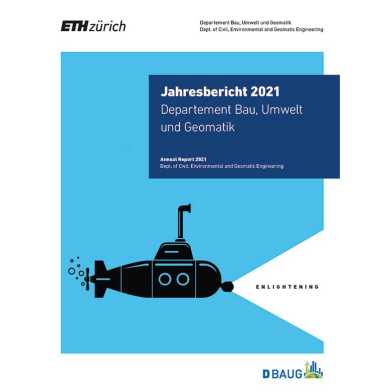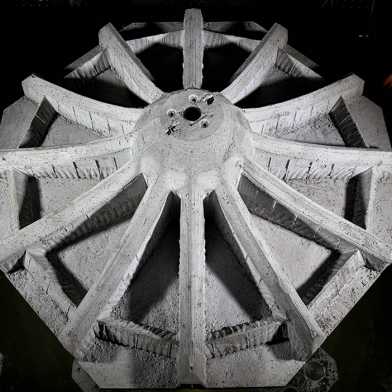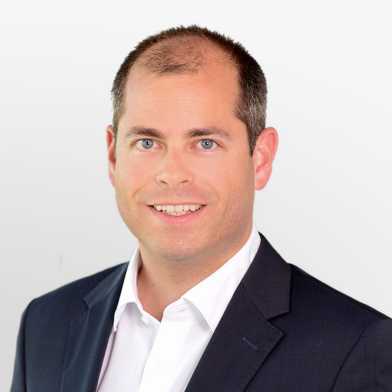May 2022
D-BAUG at the WEF

At this year's World Economic Forum, D-BAUG was represented twice at ETH’s RETHINKING LIVING Pavilion: First, with the model of the White Tower of Mulegns, which will soon be the largest 3D-printed building in the world, a collaborative project of the NCCR digital fabrication involving architects and civil engineers. Second, with the prototype “no1s1” by Prof. Hall, made possible through an ETH Research Grant. It is the first blockchain house that belongs to no one, but can be used by anyone.
D-BAUG Annual Report 2021

The D-BAUG Annual Report 2021 is online. The report describes the departement's achievements and performance in teaching, research and knowledge transfer.
Sustainable ribbed concrete floors with 3D printed formwork

In the search for sustainable building solutions, concrete floor slabs are a key challenge due to their high carbon footprint. Harnessing digital fabrication tools, a research team has explored a novel 3D printed plastic formwork to produce optimised ribbed floor slabs in an efficient manner. The new approach uses 40 percent less concrete, while offering the same structural performance. The project was led by the chair of Walter Kaufmann in collaboration with Gramazio Kohler Research.
Building materials and the race to net zero

To be more sustainable, the construction industry needs reliable service-life predictions for structures. D-BAUG Professor Ueli Angst calls for a paradigm shift in forecasting the durability of reinforced concrete.
New regulations for the Bachelor’s programmes at D-BAUG

The Executive Board of ETH Zurich discussed the split first-year exams and issued new programme regulations for the Bachelor’s programmes in civil engineering and environmental engineering at D-BAUG.
“It’s important to factor in how people feel”

In the race to combat climate change, sustainable transport systems can play a key role in reducing greenhouse gas emissions to net zero by 2050. As well as focusing on the technological issues at stake, current research also investigates whether there is public acceptance for the changes. Kay Axhausen explains this approach.